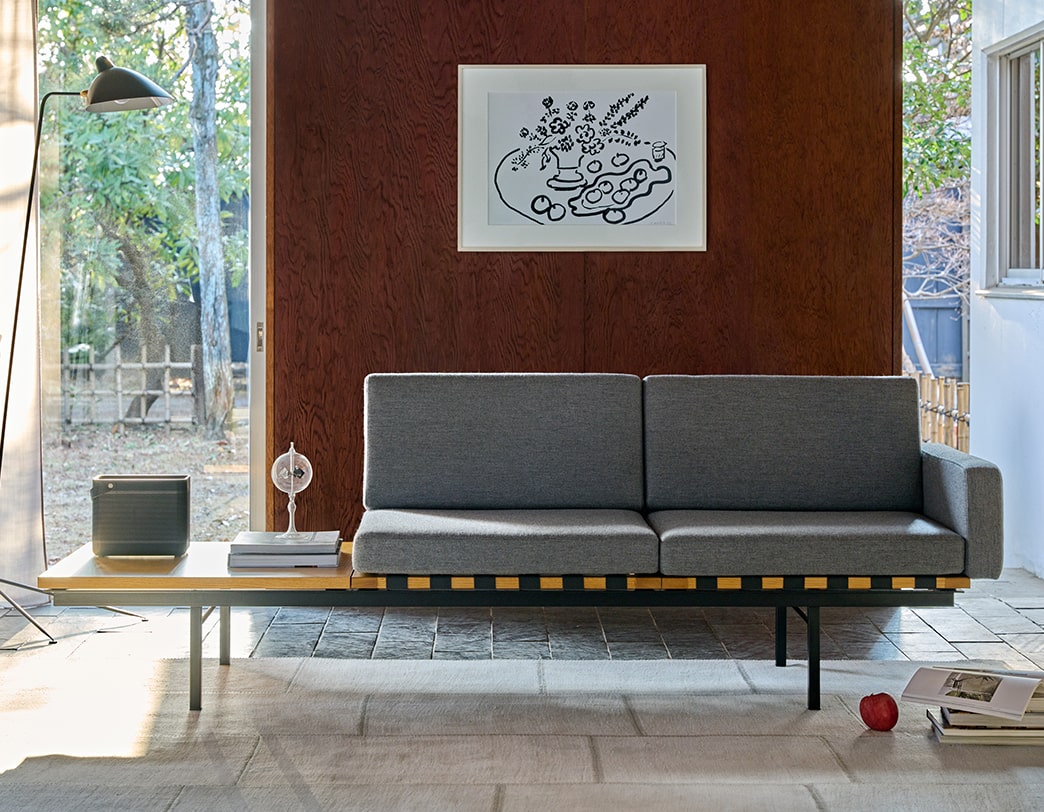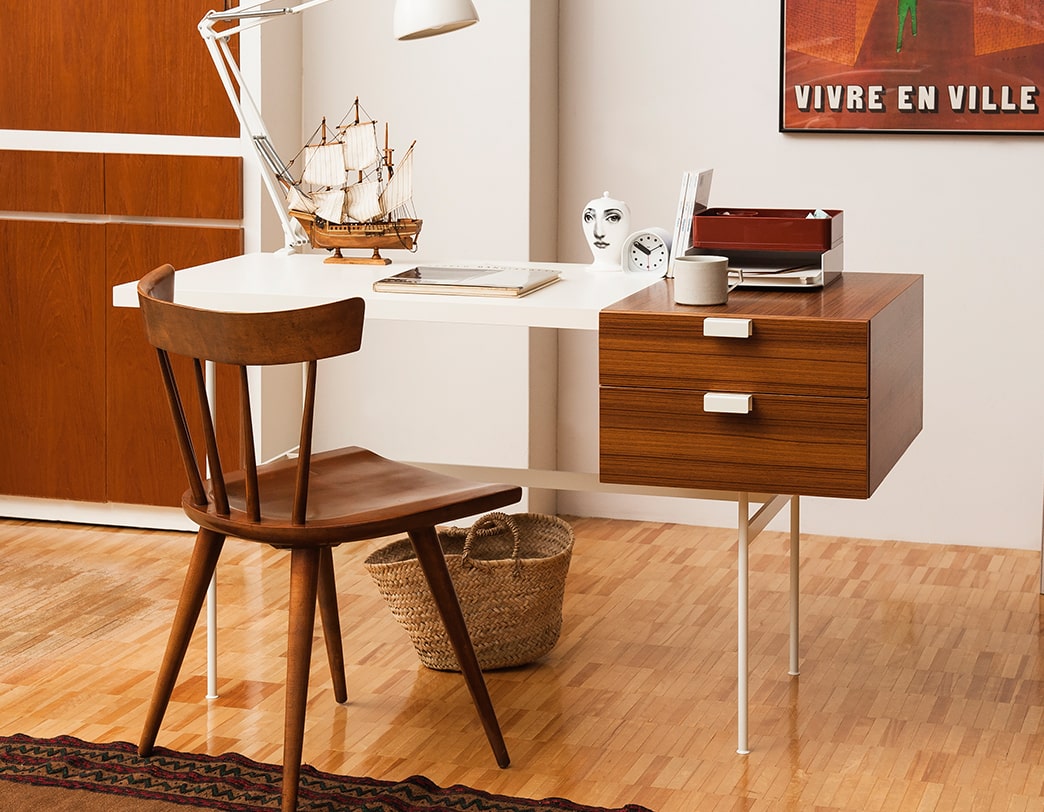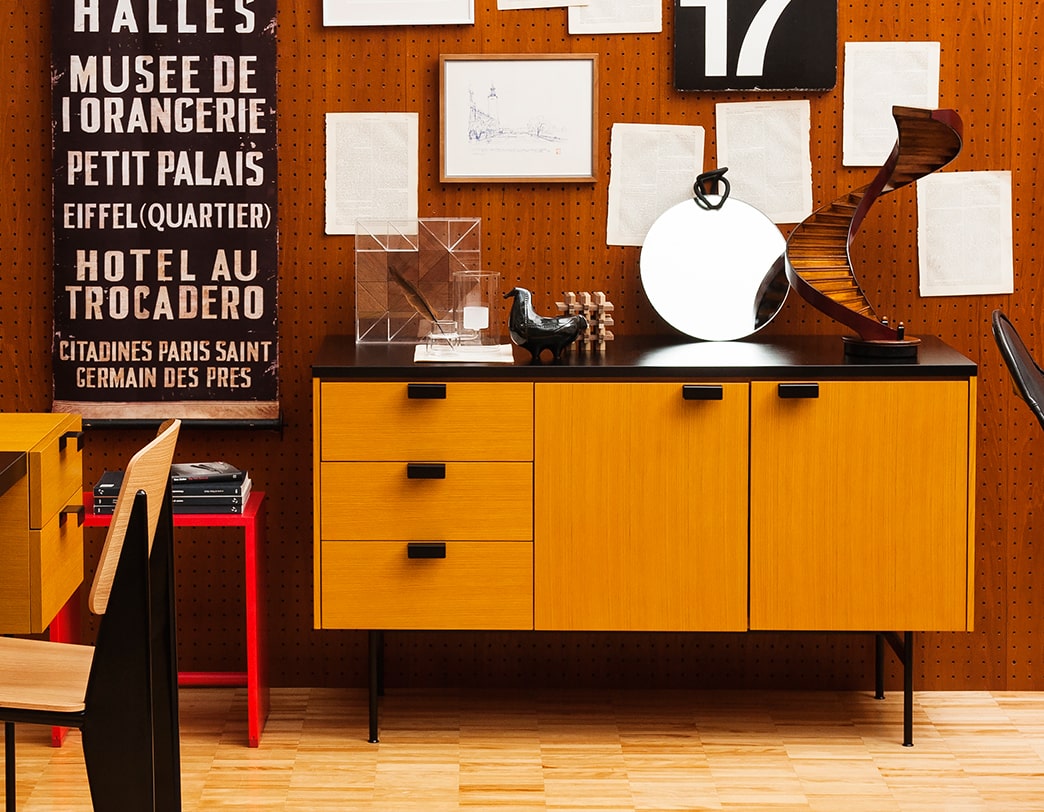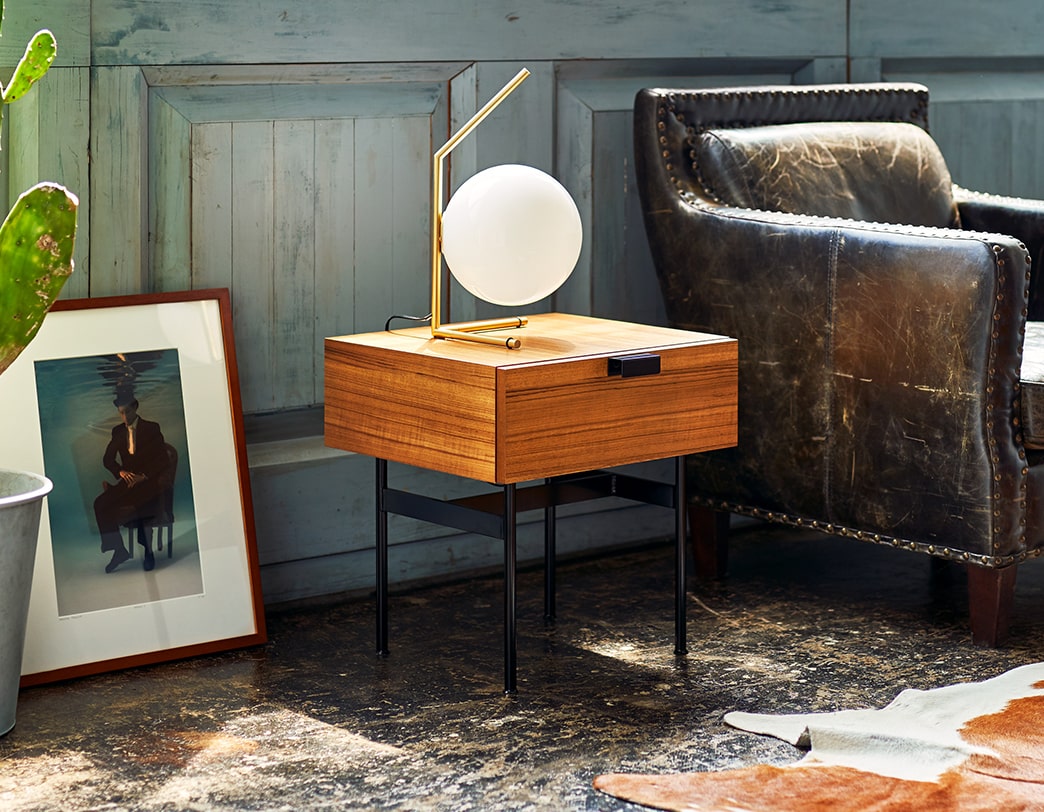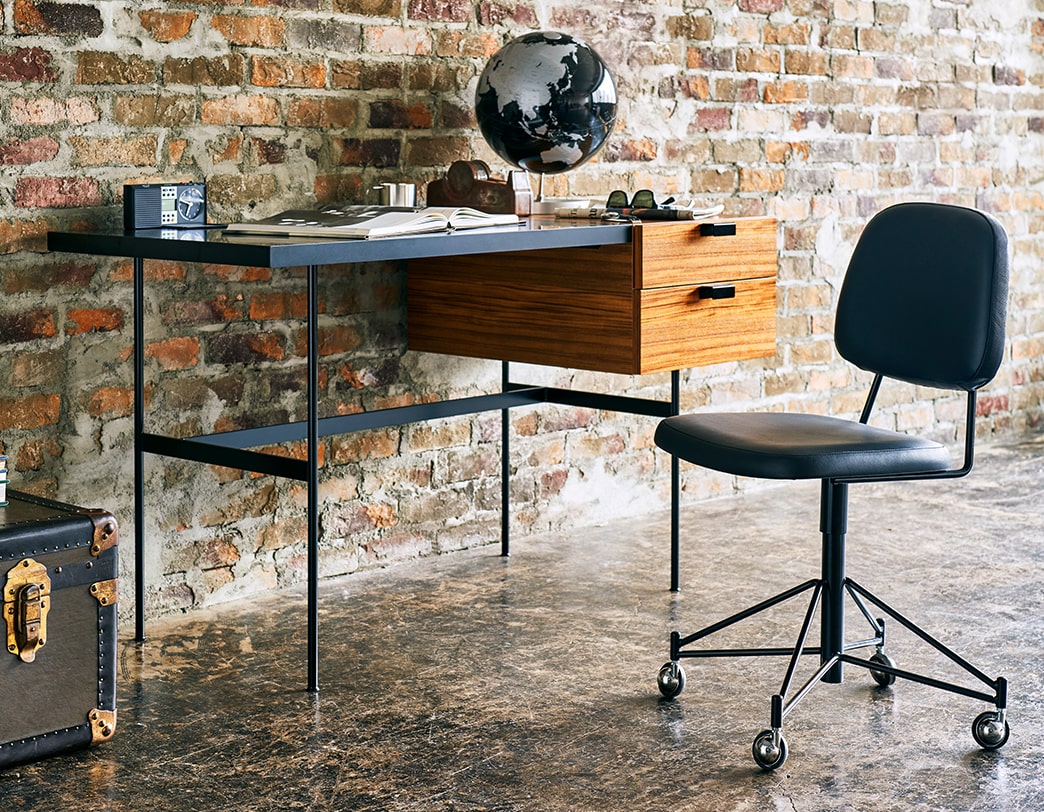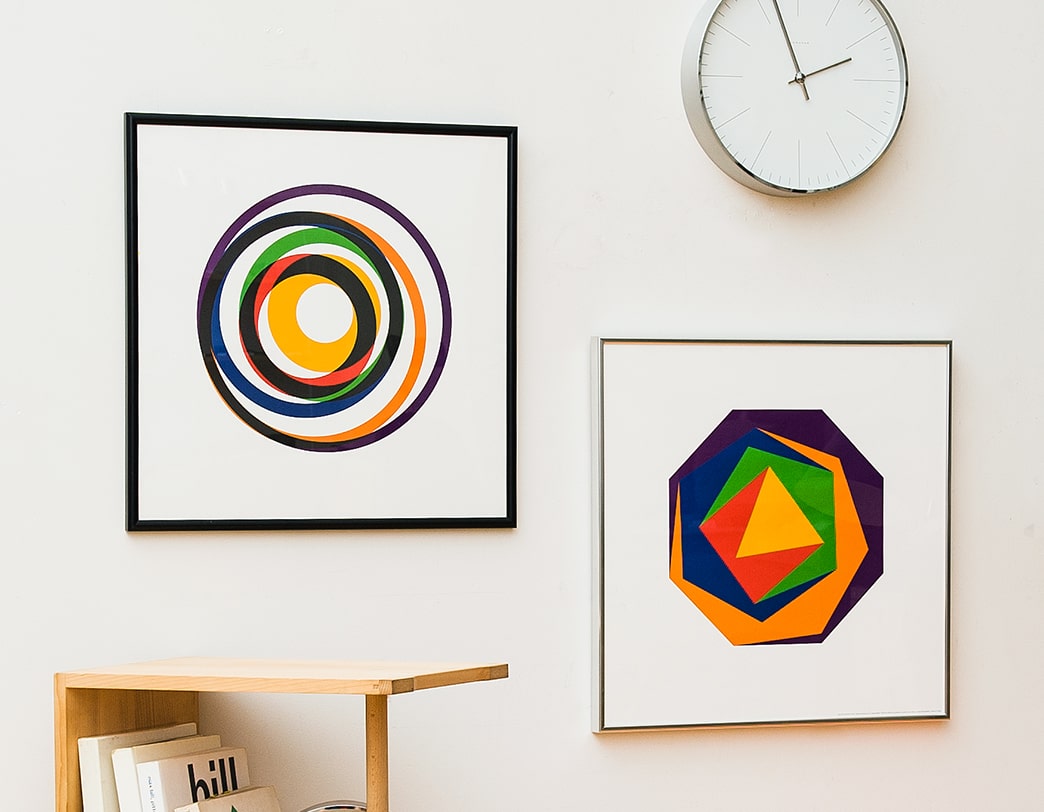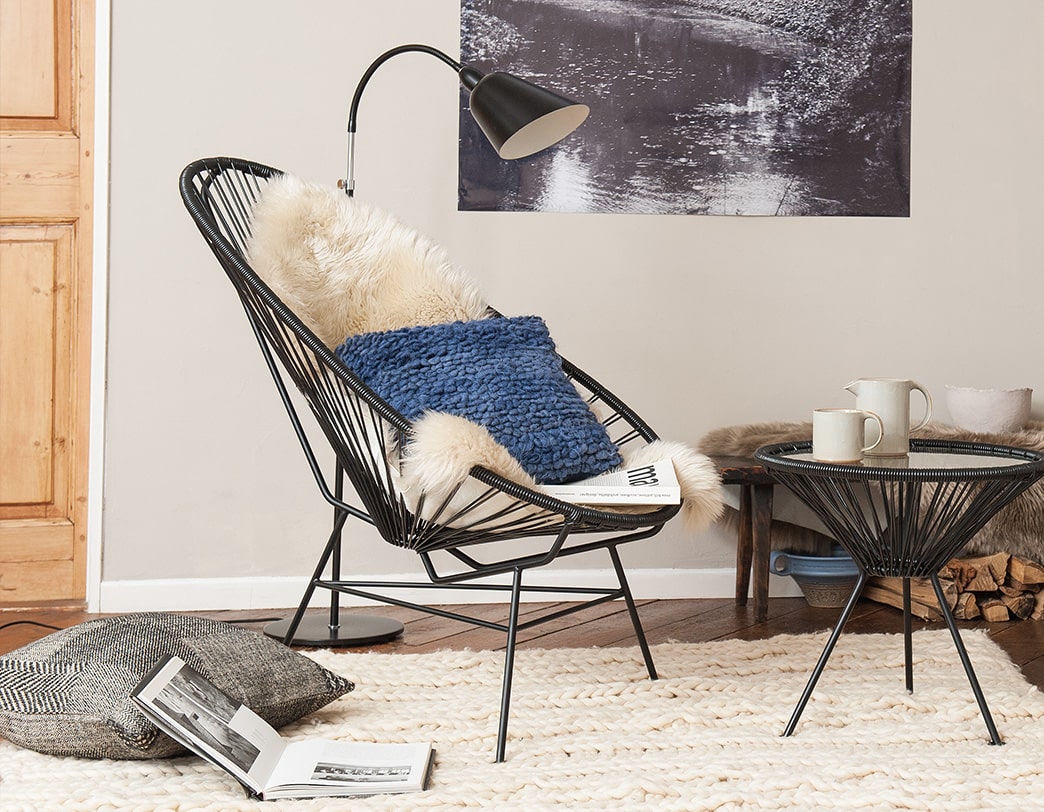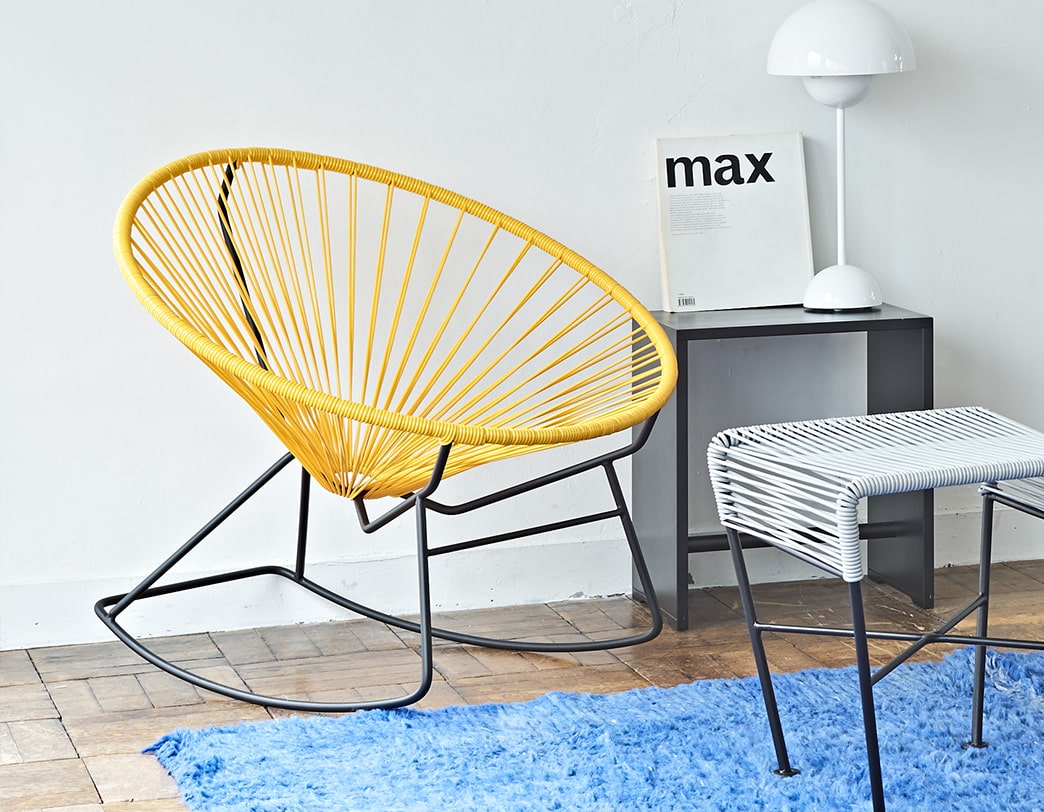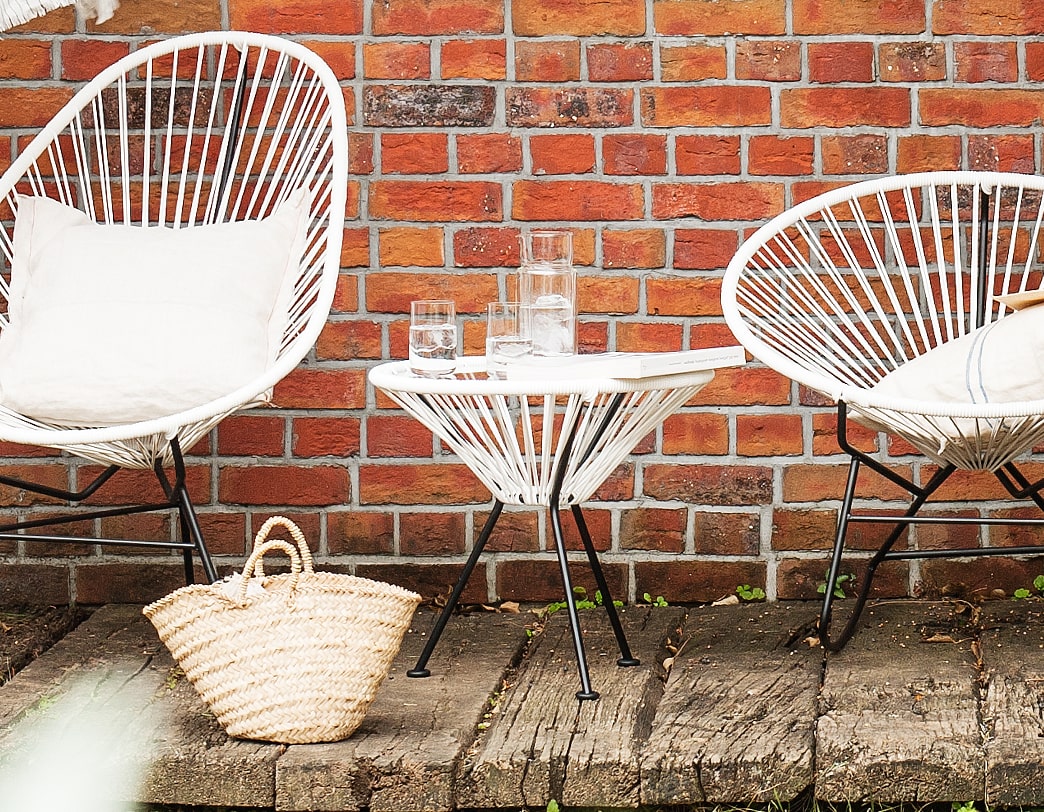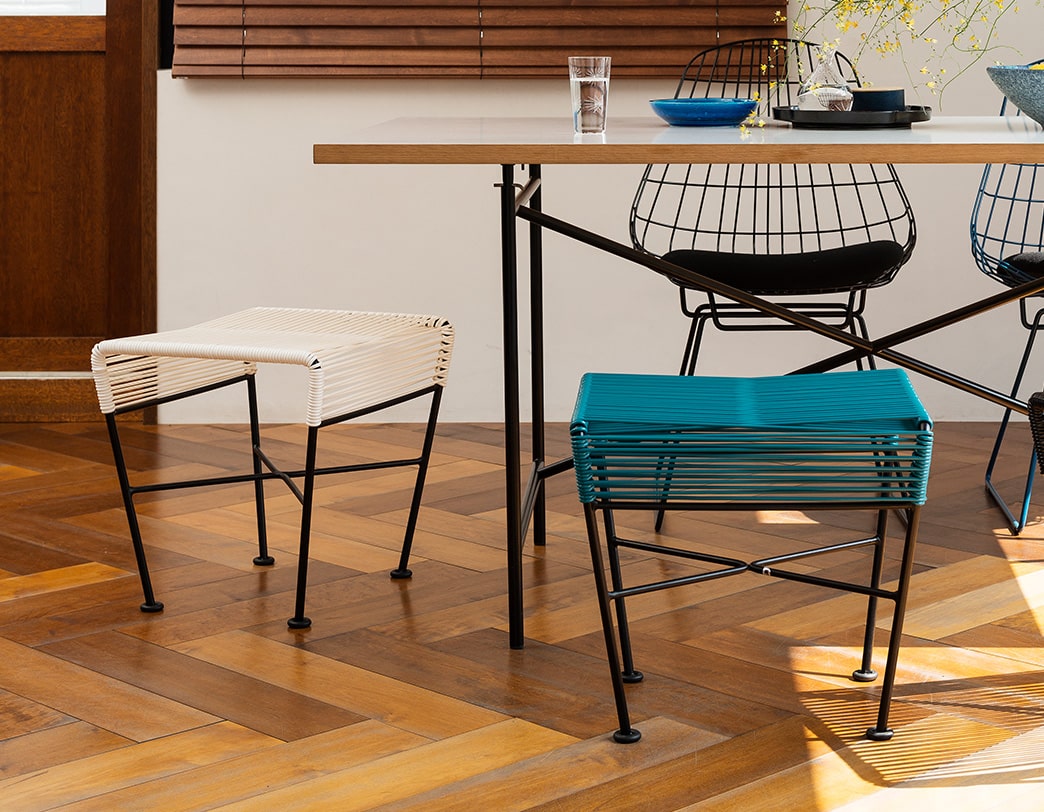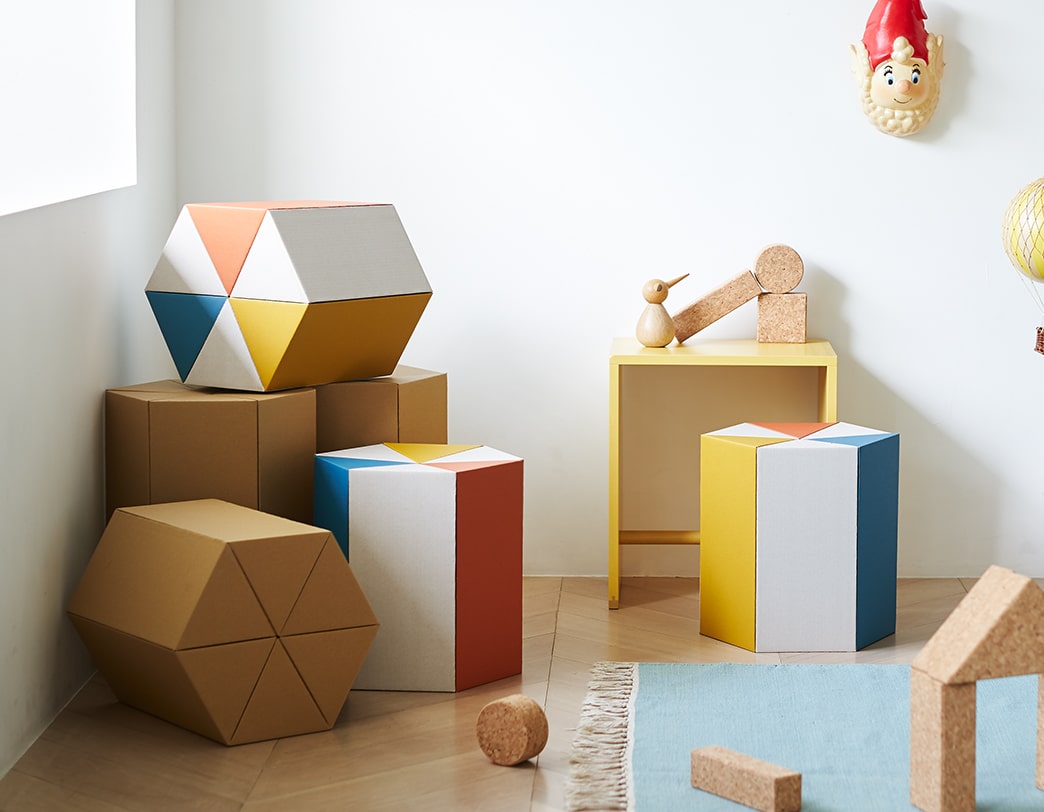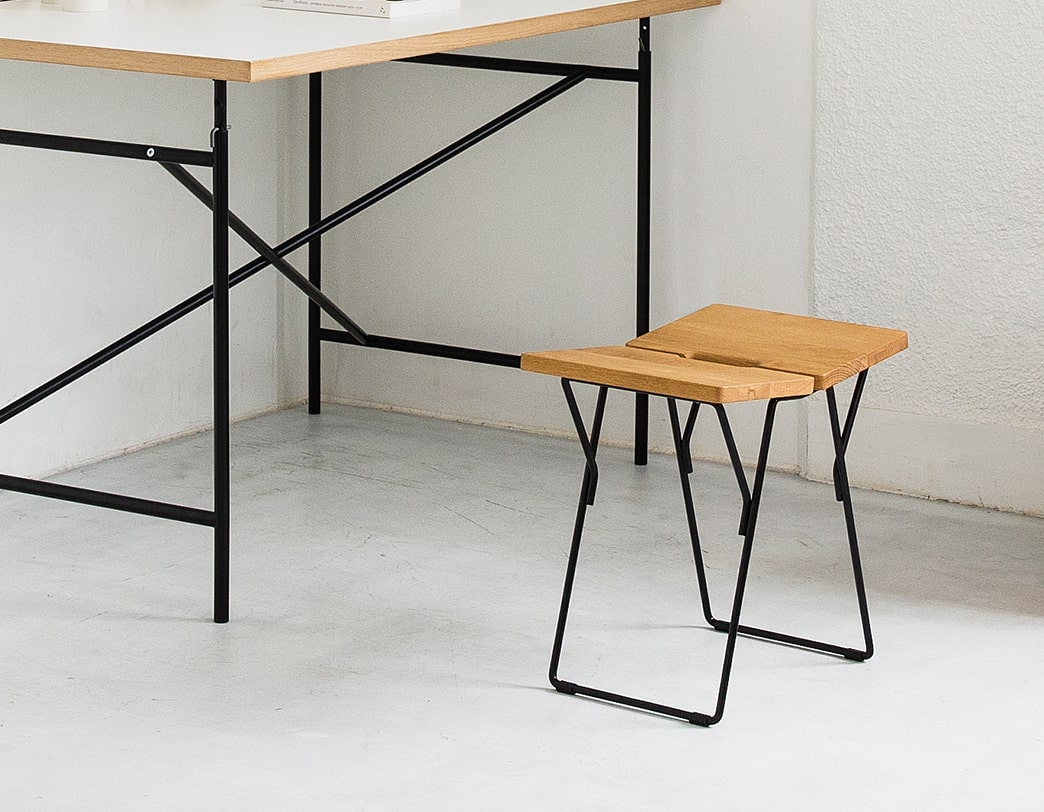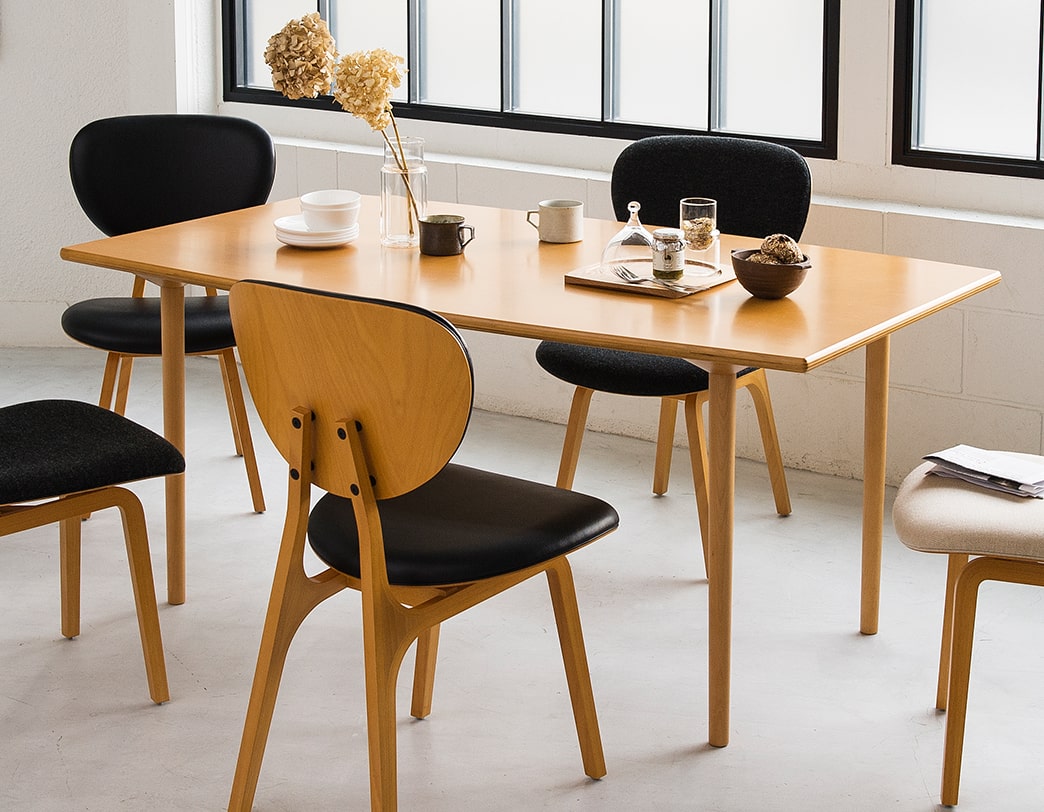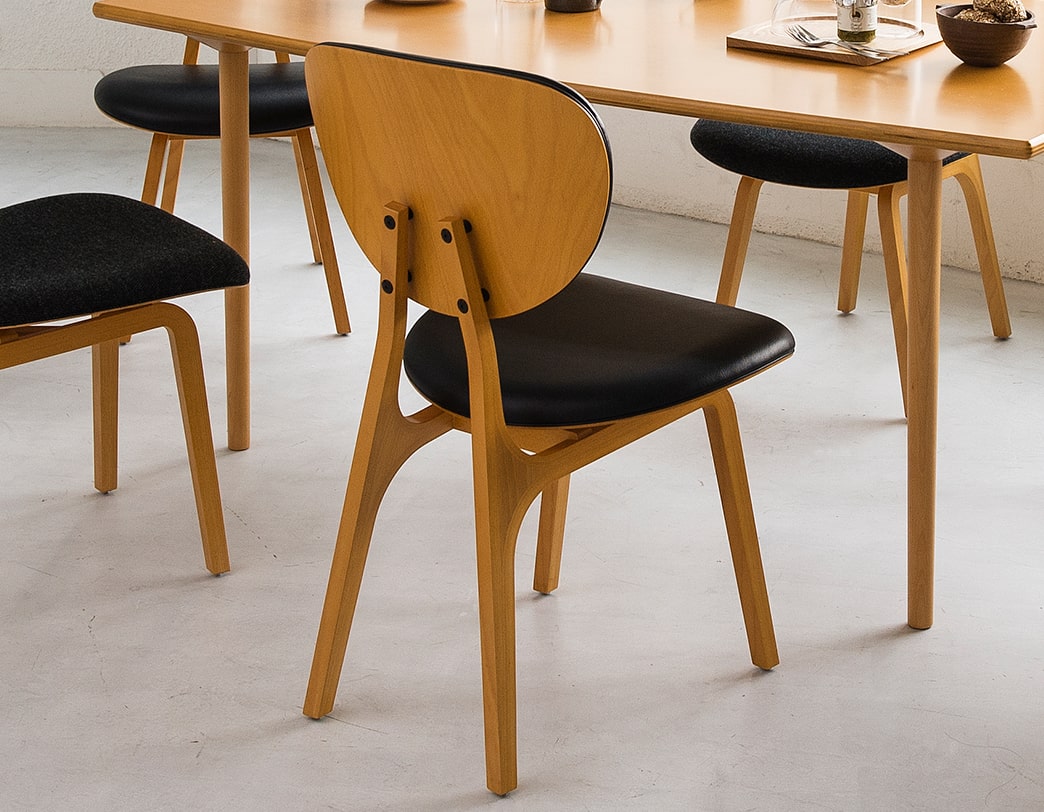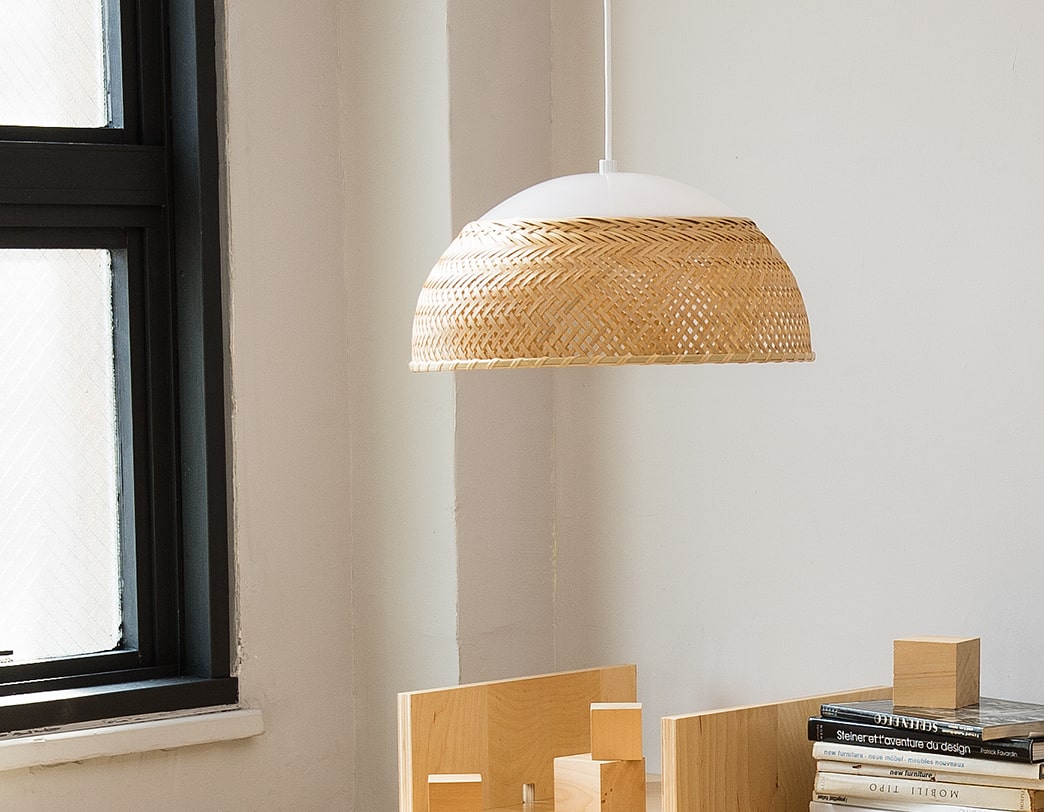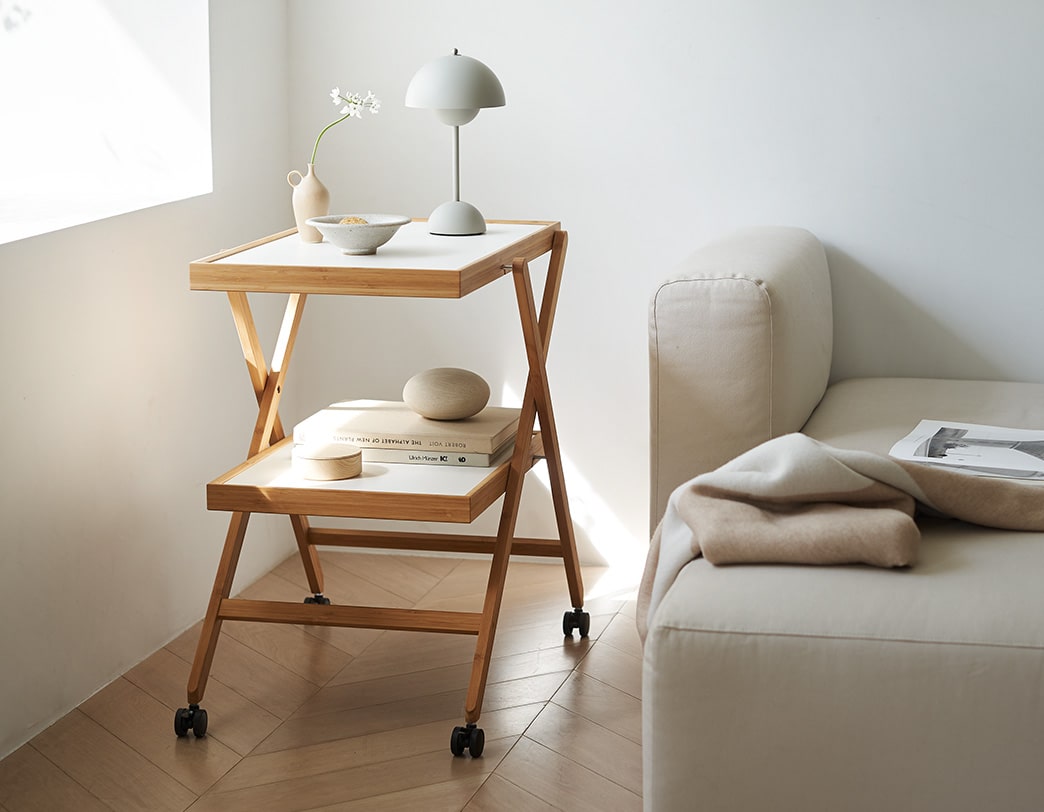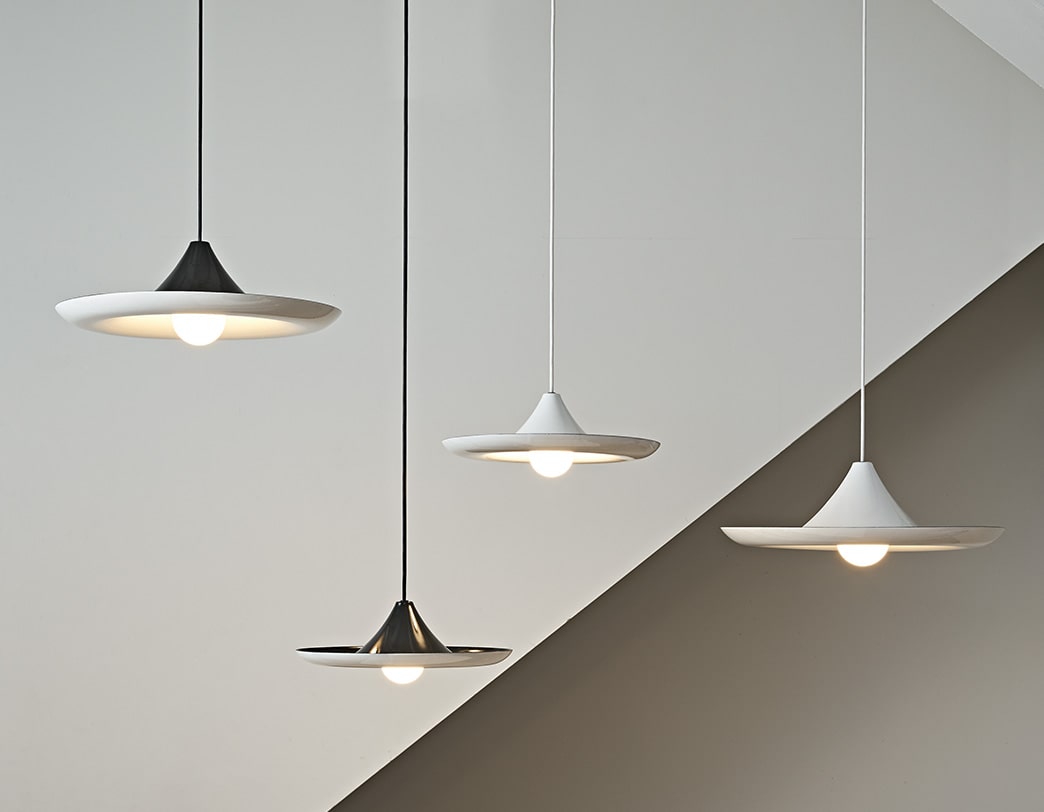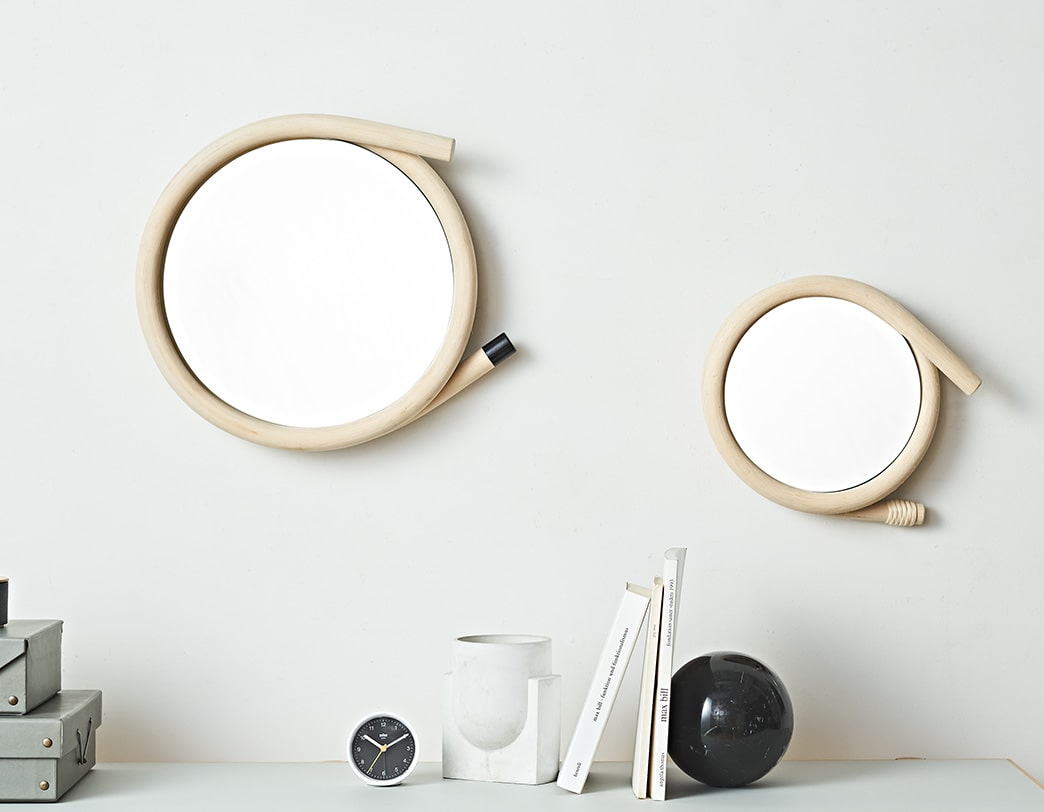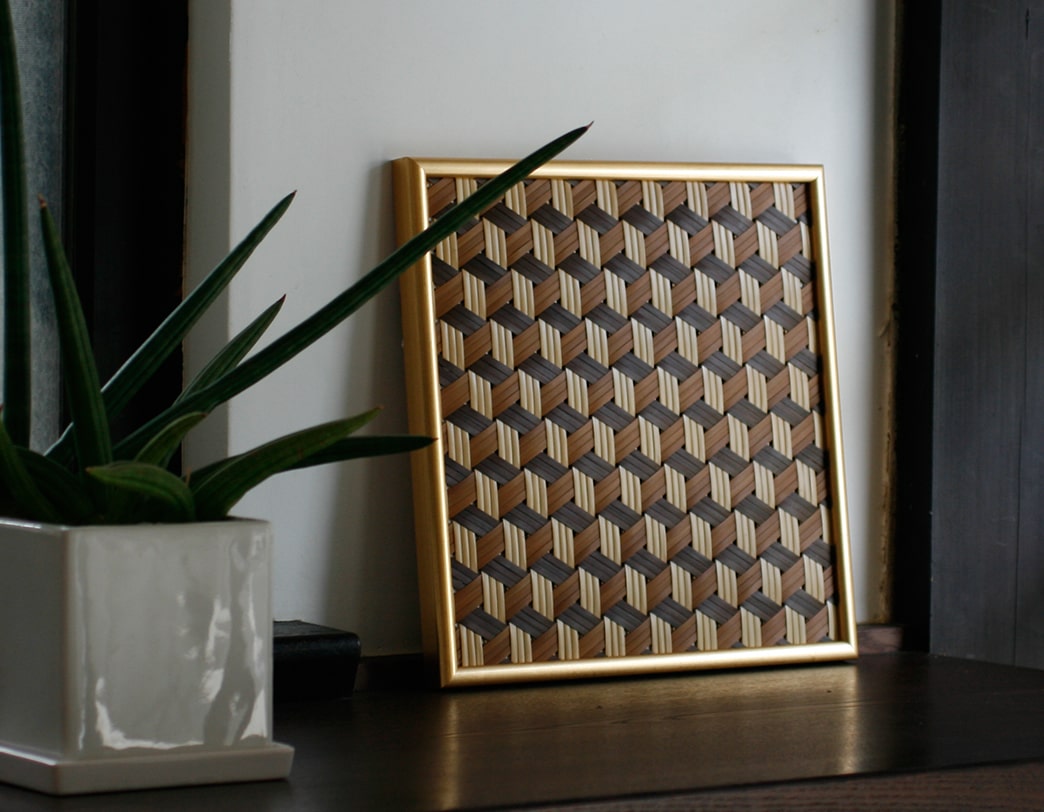Our Products
Introducing our original brand products

METROCS is an interior products brand selling masterpiece design items with a long history originating in Japan and Europe. By handling items that do not become outdated due to the flow of time but rather increase their presence with each passing year, METROCS supports evolution of the lifestyles of a broad spectrum of users, transcending both generations and gender.
Selecting future masterpieces from among a range of outstanding products and creating a future for them is both our mission and our pleasure.
F181 Drawer Table
Designed by Pierre Paulin / 1953
CM231 Chair
Designed by Pierre Paulin / 1956
color wheel., colorful accents., quiet.
Designed by Max Bill / 1946-1970
Variation 1, Variation 12
Designed by Max Bill / 1935-1938
Acapulco Rocking Chair
Designed by METROCS / 2010
Acapulco Side Table
Designed by Akira Yamamoto / 2012
Riki Stool
Designed by Riki Watanabe / 1965
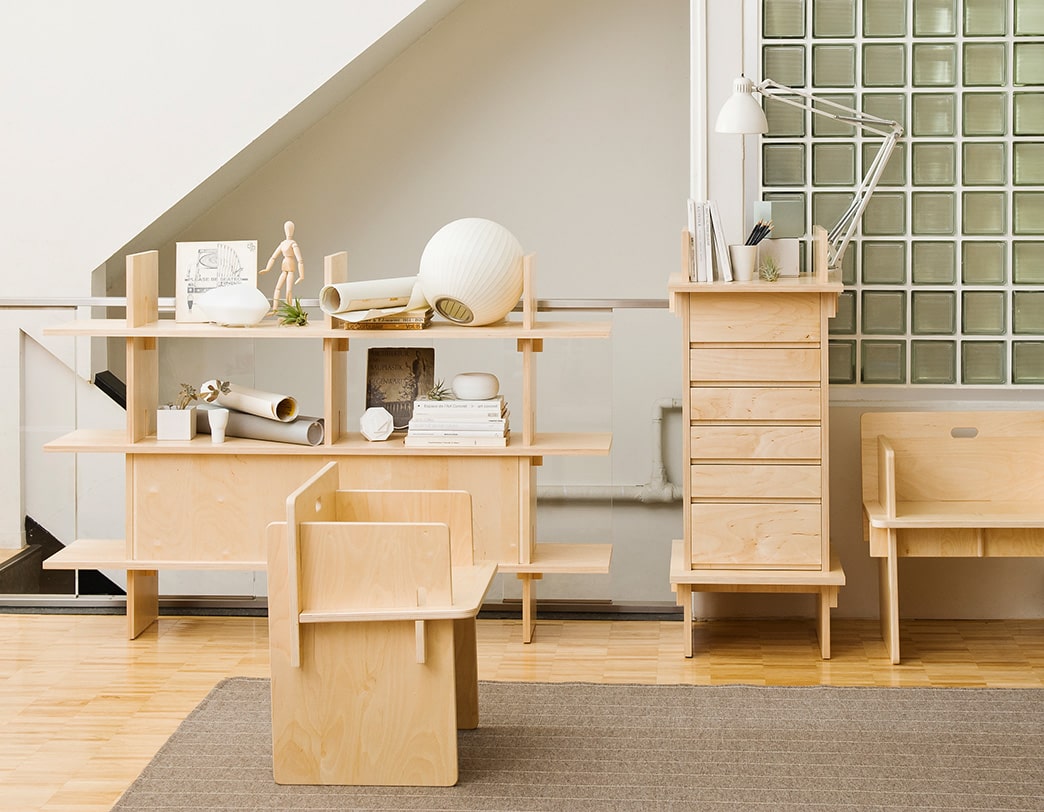
Photo Masatoshi Takahashi, Styling Yumi Nakata, Cooperation Royal Furniture Collection
JuniorDiscontinued
Designed by Angelo Mangiarotti / 1966
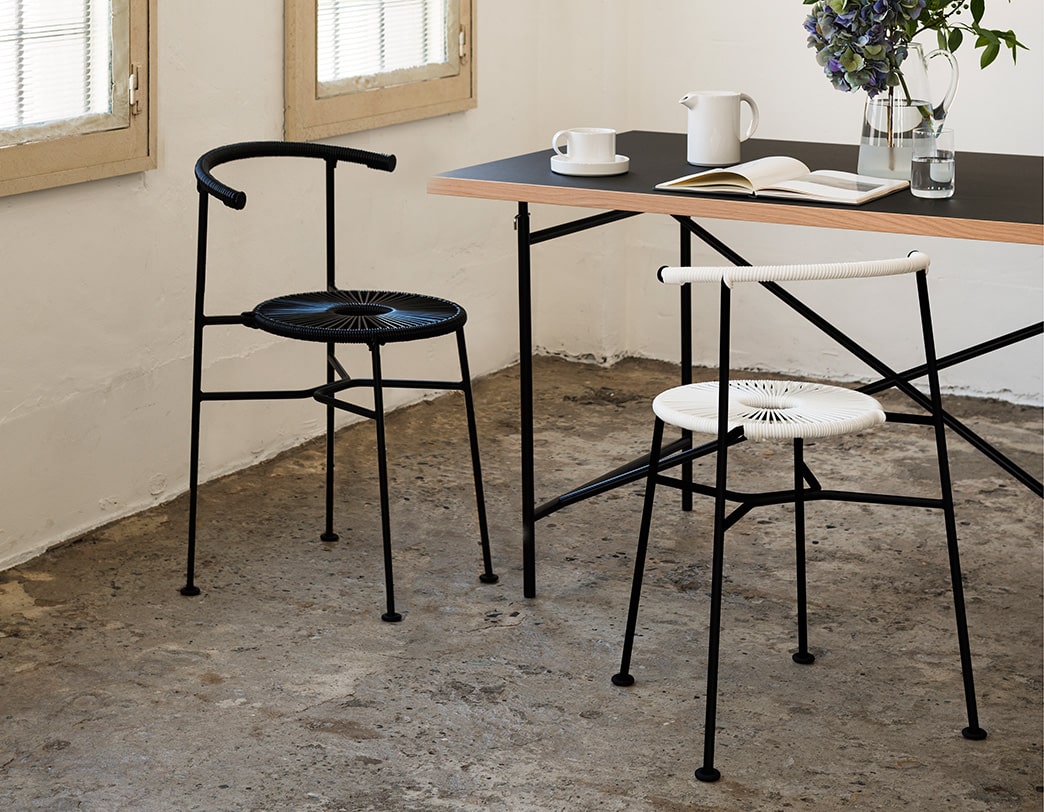
Photo Masatoshi Takahashi, Styling Yumi Nakata
Acapulco Cafe ChairDiscontinued
Designed by Kenji Ito / 2019

Photo Masatoshi Takahashi, Styling Yumi Nakata
Riki Kid’s SetDiscontinued
Designed by Riki Watanabe / 1965
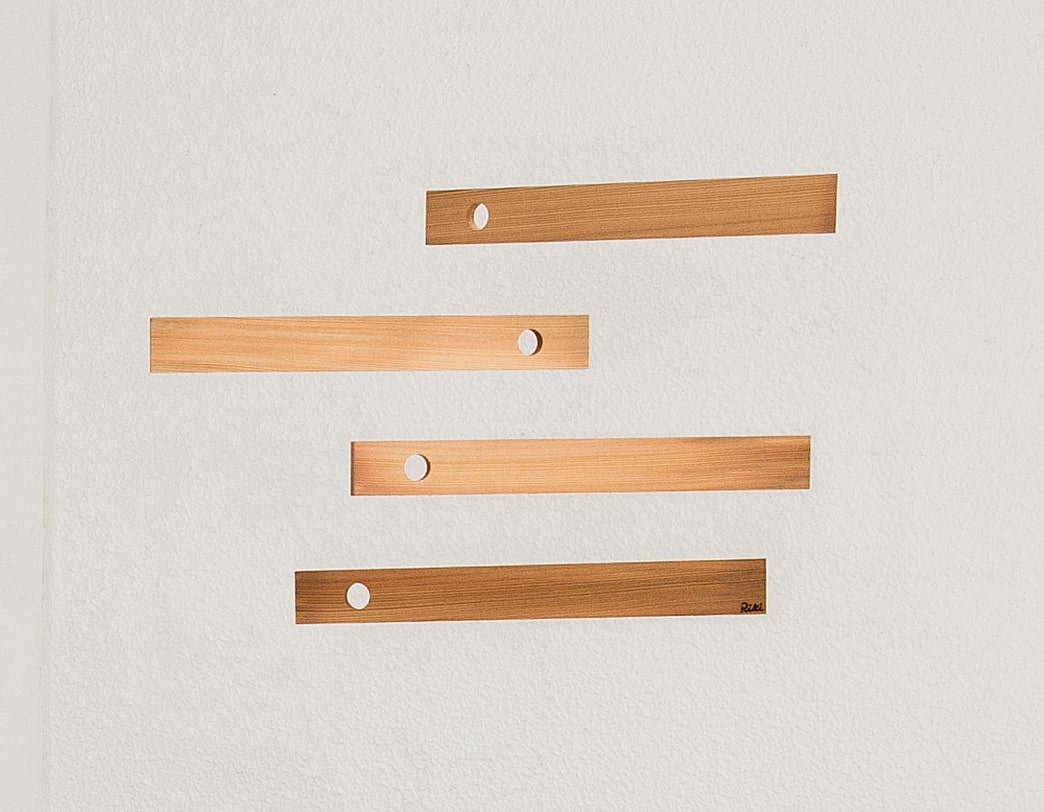
Riki Mobile MiyamaDiscontinued
Designed by Riki Watanabe / 1983
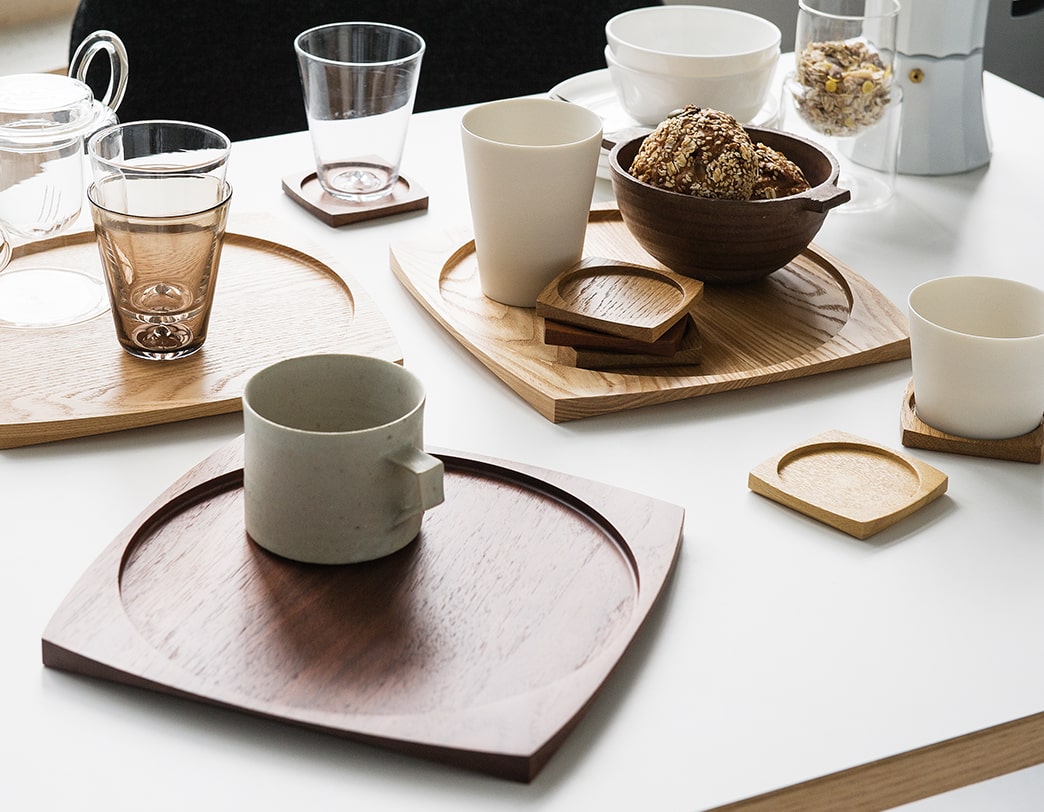
Photo Masatoshi Takahashi, Styling Yumi Nakata
Tray, CoasterDiscontinued
Designed by Daisaku Choh / 2006

The mission of nuskool is to collaborate with contemporary designers to create any items or designs that are essential to our times or to the future but do not currently exist, and to pass them on to future generations. Rather than being constrained within the framework of existing items, nuskool aims to produce, through co-creation with young designers, born-in-Japan items that will become enduring masterpieces.
LOG
Designed by Kenji Ito / 2019
Taitto
Designed by Miska Kuntsi / 2020

